Guide to Contagious Rashes

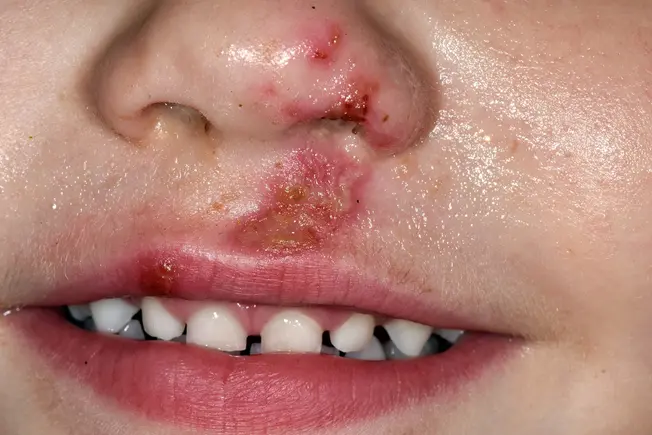
Impetigo
Young kids often get this bacterial infection on their face and hands in the summer. The sores start out red and wet, then form a honey-colored crust. It's easily spread by touch, either from the sores directly or items they've touched, like clothing and toys. Antibiotic cream, oral antibiotics, loosely covering sores, and lots of cleaning can stop the spread. To help prevent it, wash any broken skin -- scrapes, cuts, and insect bites -- right away. Keep nails short and clean.
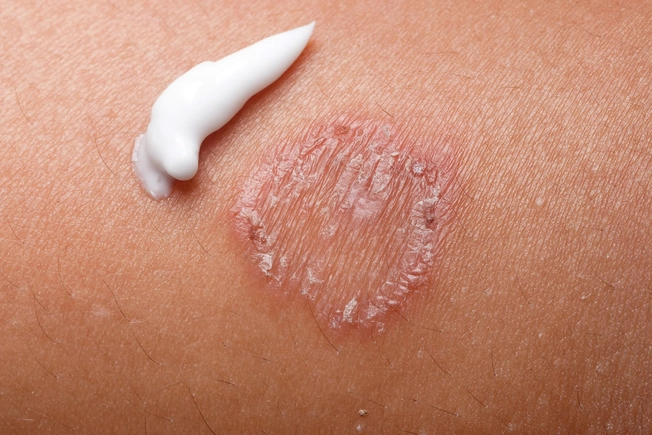
Ringworm
It's not a worm at all. It's a fungus that thrives in damp, warm places on and around your body: hair, nails, skin, floors, walls, clothes, and towels, for starters. The ring-shaped splotches of dry, itchy skin it causes can burn and sting. Ringworm is responsible for "athlete's foot" and "jock itch." Antifungal creams and pills help get rid of it, but sometimes it comes back in the same place.
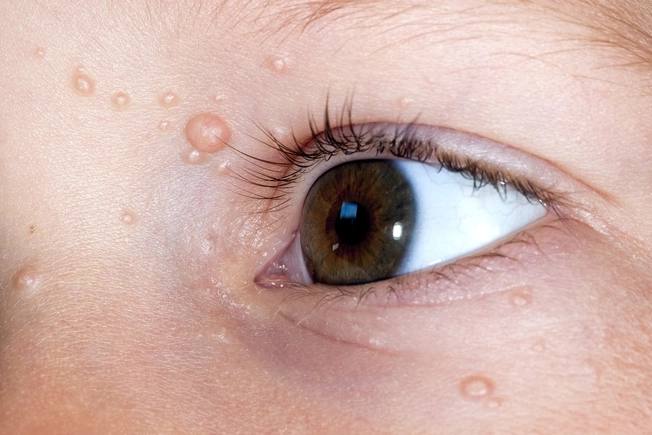
Molluscum Contagiosum
You can get these small raised bumps almost anywhere, but rarely on your palms or the bottom of your feet. Scratch or rub them, and you could spread the virus to other places on your skin or to someone else. It also transfers onto things like towels and sports equipment. The bumps will typically go away within a year, but it may take as long as 4 years. Your doctor can remove them if they bother you or you have a weak immune system.
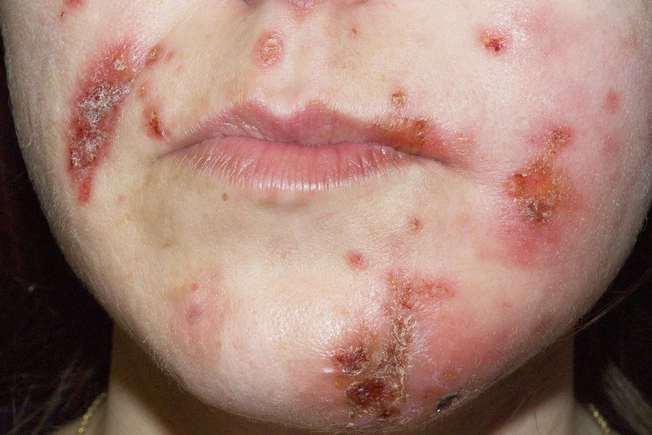
MRSA
An infection with this type of staph bacteria (Staphylococcus aureus) could be serious because most antibiotics can't kill it, and it could spread to other parts of your body. It may look like small sores, large bumps, or a swollen cut with pus inside. To avoid passing it, wash your hands often, keep cuts and sores covered, don't share personal items like towels and razors, and use the hottest washer and dryer settings possible. Treatment usually involves an antibiotic prescribed by the doctor.
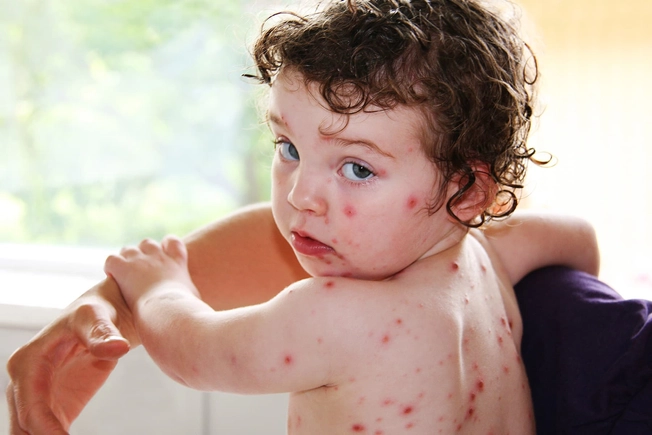
Chickenpox and Shingles
The itchy spots, your spit, and even the air can spread the virus, so stay home until the blisters crust over. Though you get chickenpox only once, the virus lives on in your body. It may reappear as shingles when you're older. You can't get shingles from someone, but that rash could give someone chickenpox if they haven't had it. There are vaccines to prevent chickenpox in children and adults, and a shingles vaccine for people over 50.

Folliculitis
When bacteria or fungi travel down your body hairs, they can infect the tiny pockets, called follicles, at the roots. The result is red, itchy, even painful, bumps or pus-filled blisters. You can get folliculitis from a skin injury; an infected person's razor, towels, or washcloth; or even from a dirty hot tub. If it doesn't clear up on its own in a couple of days, see your doctor.
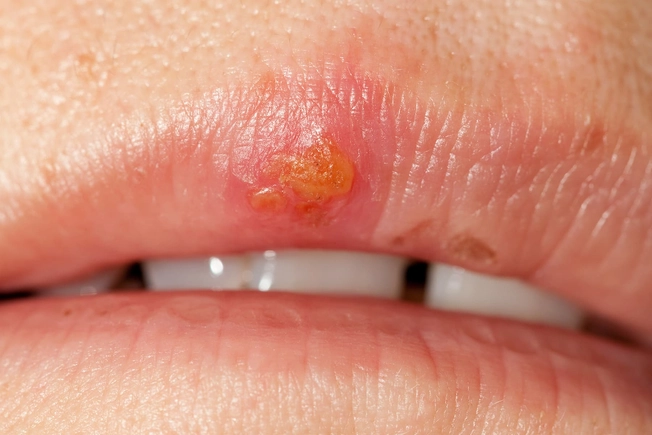
Cold Sores
These painful "fever blisters" on your lip or mouth come from the herpes type 1 virus (HSV-1). Most people get it as kids from the spit of someone infected. Sores usually get better on their own, but your doctor may prescribe antiviral pills or creams to help you heal faster. Even so, the virus stays in your body and could cause outbreaks when you're sick, anxious, or overtired.
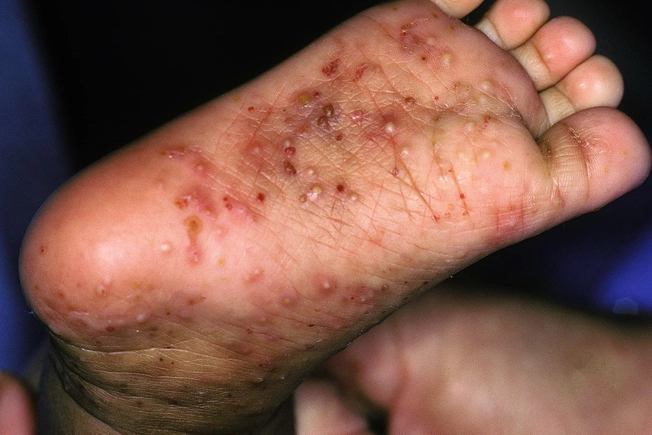
Scabies
The human itch mite burrows into the upper layer of your skin. Your body responds with itchy pimples. The tiny critters spread easily in crowded living spaces, by touching another person's skin, and from clothes, sheets, and furniture. You'll need to see your doctor. Medicines can get rid of the mites, ease the itch, and clear up an infection if you have one. It can take up to 4 weeks, and you may need to repeat the treatment.
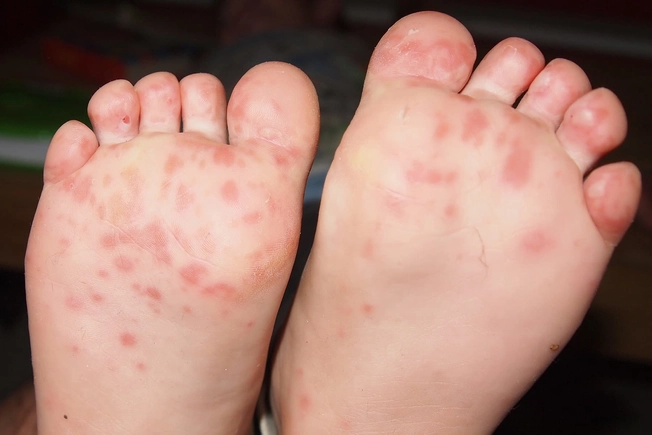
Hand-Foot-and-Mouth Disease
Not everyone has symptoms. But after a fever and sore throat, you could get sores in your mouth that turn into blisters, perhaps followed by red spots on your palms, the soles of your feet, and maybe your bottom. This virus usually affects kids under 5, but anyone can get it from an infected person's spit, snot, poop, or blister fluid. Adults who don't get sick could still pass the virus, and even after symptoms are gone, you could infect others.
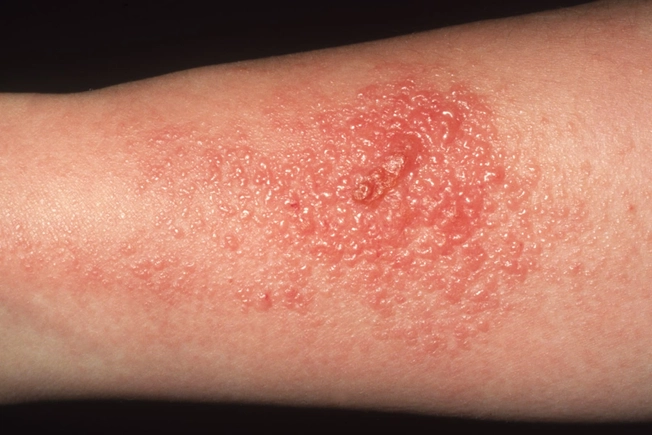
Poison Ivy
Like its cousins poison oak and poison sumac, this plant has an oily sap (urushiol) that may trigger an allergic reaction. The red, swollen, itchy rash can turn bumpy and form blisters that ooze. Your skin absorbs urushiol quickly and won't be contagious, but things you were wearing or using when you touched the plant, like garden tools, shoes, and bouncing balls, could spread the oil and cause a rash on someone else.